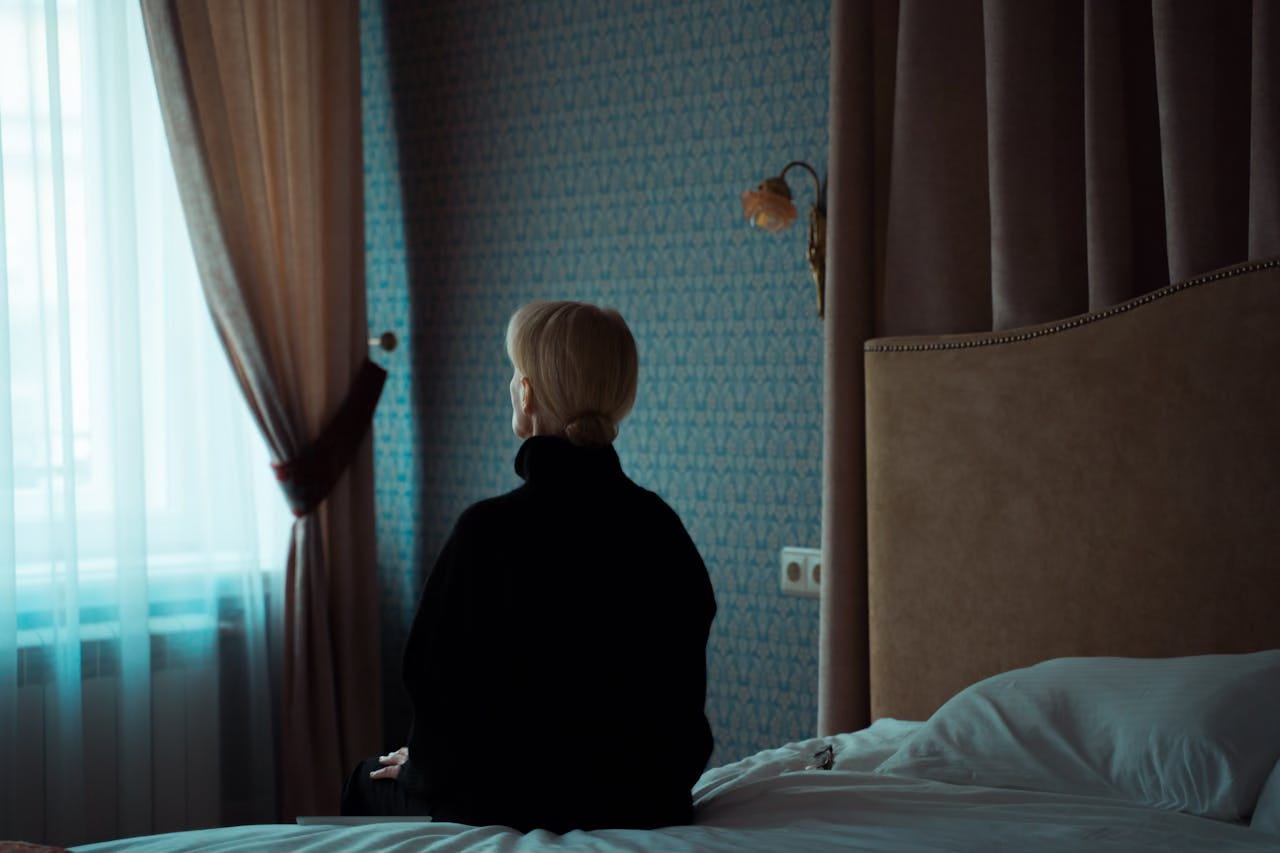
When I meditate, I often feel compelled to get up and continue with the day's activities. My ego identity feels threatened when my thoughts and emotions have settled, and I experience a momentary lack of “me.”
It wants to re-assert and re-solidify itself, and it tells me, “To hell with quiet and space; get busy now!”
This verse once came to mind in my meditation, addressing this tug-of-war. It contains advice from a spiritual teacher to an aging student who prioritized work over her spiritual practice.
“You are misdirecting your attention. You’re constantly telling yourself, ‘This is what is real.’ These administrative problems are real. Producing a magazine is my purpose in life.’ Your endless focus on these externals drowns out the subtle dimension. It’s time for your focus to shift and your awareness to expand, but you’re resisting.” — Panditji
His emphasis on how humans make everything in worldly existence so real and important stood out to me. It’s why I feel this pull to end my meditation prematurely and attend to my arm’s length to-do list.
That time, I sat with this sense of compulsion until it dissolved.
I usually begin my daily practice with mindfulness meditation, focusing on where the breath enters and departs the nostrils.
I notice the wild array of thoughts I typically have—all the seriousness I conjure up about this supposed self. When I see this, I can’t help but laugh at myself a bit.
Sometimes, that inspires me to move into contemplation on no-self.
In Vajrayana Buddhism, contemplation on the nature of the self and reality is called insight meditation or “vipashyana.” This advanced practice can lead to the realization of no-self and emptiness. Through this practice, the conceptual mind brings you to non-conceptual awareness and insight.
Lately, this exploration of no-self has involved observing how my body breathes on its own. It doesn’t need an all-important “I” to tell it to breathe. My brain also knows how to react to an emergency and doesn’t need an “I,” either. Most of my speech and behavior results from conditioning or habit without an “I” making a choice.
The latter is not necessarily ideal, but it illustrates how much happens without the conscious intervention of an “I.”
When examined closely like this, the self begins to feel superfluous.
To take the contemplation deeper, I ask myself:
“Who is this “I” that wants to jump up and get busy? Where does it exist—in my body, brain, or little finger?
I’m not opposed to the notion of a conventionally existent self. It’s a convenient idea that helps me maneuver in the world. But I’ve never found it as a concrete entity in my brain, body, little finger, or anyone else.
I see only a mindstream of thoughts and emotions, with gaps in between. When I rest in those gaps, and they expand, I experience a spacious awareness far more real (though insubstantial) than the identity my conceptual mind has composed for itself.
You might consider that an oxymoron, but I prefer to see it as an enticing paradox.
Like actors in a play, we embody a character and speak its script. But we’re not that character or the actor playing its role.
Most people may have no idea what I’m talking about. They see their characters and scripts seriously and hope their play will never end.
Their play constantly embroils them in intense emotions—sometimes it’s a tragedy, sometimes a comedy, sometimes a romance. Often, they want to escape a particular scene, but please, not the entire play.
I’m also imprisoned in my character, script, and play. I’ve experienced endless attachments and aversions. I cling to moments of joy and oppose periods of suffering.
But when I meditate, and occasionally in other special moments too, a portal opens to reality as it is. For a moment, I rest in awareness, and a tiny piece of my ever-so-solid character begins to dissolve.
I’m not awakened, not even close, but I have glimpses of awakening.
I must habituate myself to spacious awareness to counteract this strong belief in a solid self. I must question the reality of this self to break down my firm belief in my non-existent character.
When I realize I’m trapped in a play cleverly constructed by my ego identity, I see everyone else is, too.
That insight gives birth to compassion. While people must be held accountable for harmful behaviors, I can’t fault them entirely for their intractable dedication to their performance.
I’m mesmerized by myself, too. I spend most of each day in character. But periodic glimpses tell me she’s just the figment of a playwright’s imagination, not an everlasting identity.
I don’t recommend that beginners jump ahead to meditation on no-self.
Unless you have unusual karma, you must first establish a firm foundation in mindfulness meditation. Mindfulness meditation prepares the mind to contemplate the emptiness of self and others, and you won’t get far in advanced meditation without the stability it provides.
Mindfulness meditation remains my primary practice. Still, why not revel in the occasional glimpse of what lies beyond? It can fire up our motivation and keep us steady on the path.
Enjoy weekly advice on cultivating a calm and clear mind and overcoming the challenges commonly encountered on the spiritual path, whatever your tradition. Become a paid or free subscriber.




Sandra, I can't quite put into words what distinguishes your essays on The Wayward Mystic from those on Wild Arising, and it probably doesn't matter because I'm gaining so much from both of your publications! Thank you for all you offer.
How fascinating to meditate on the no-self! Thank you for the wonderful post, Sandra!